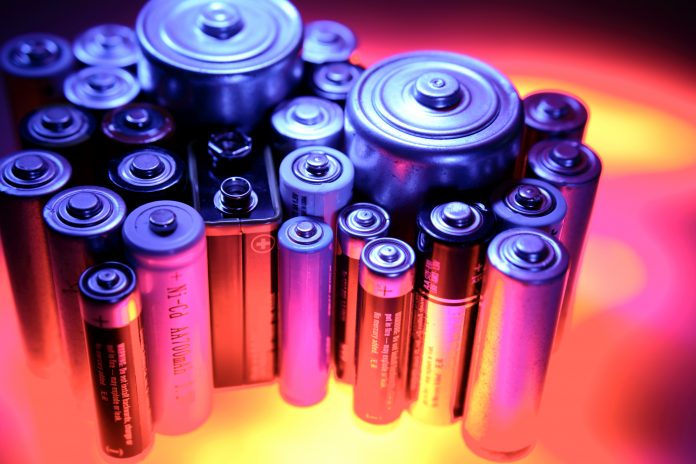Funded by the U.S National Science Foundation, scientists have developed a more environmentally and socially conscious substance for batteries
By replacing the lithium and cobalt in lithium-ion batteries, researchers at the University of Texas at Austin have created a stable battery that recharges as fast as a traditional lithium-ion battery. This technology has the potential for a higher energy output than current battery technologies.
The dangers of previous battery technology
In order to work, the ions in batteries must travel between the negative charge anode and positive charge cathode while generating electricity.
In previously used sodium-based batteries, the anodes can develop something known as dendrites. Lithium dendrites are formed when extra lithium ions accumulate on the anode surface and cannot be absorbed into the anode in time. They can cause short circuits and lead to catastrophic failures and even fires or explosions.
This new sodium-based technology resists dendrite growth and recharges as fast as a lithium-ion battery.

What is new?
This new breakthrough in battery technology involves rolling a thin sheet of sodium metal onto an antimony telluride powder, then folding the sheet repeatedly to create a new anode material. This results in a uniform distribution of sodium atoms that can resist the formation of dendrites and corrosion.
This new process, published in the journal Advanced Materials, also makes the battery more stable – with a charge rare similar to that of previous lithium-ion batteries and the potential for a higher energy capacity.
Co-author of the study David Mitlin, said the battery was “essentially solving two problems at once […] typically, the faster you charge, the more of these dendrites you grow. So, if you suppress dendrite growth, you can charge and discharge faster, because all of a sudden it’s safe.”
The demand for stationary energy storage
A stationary energy storage system can store energy and release it in the form of electricity when it is needed.
In most cases, a stationary energy storage system will include an array of batteries along with other components, the demand for said batteries is only increasing, this technology could provide a stable, sustainable and less expensive solution.











